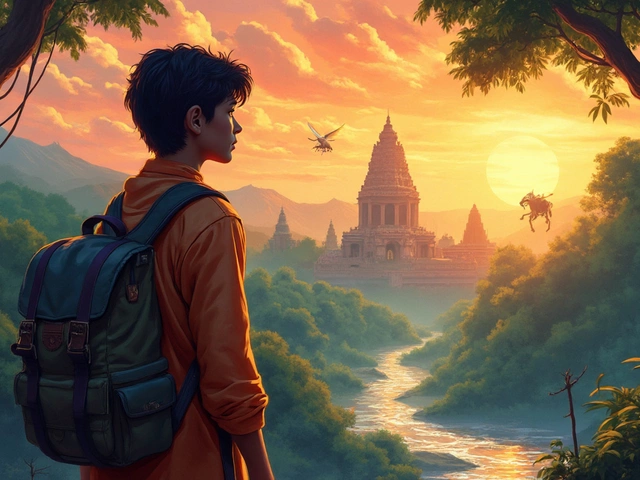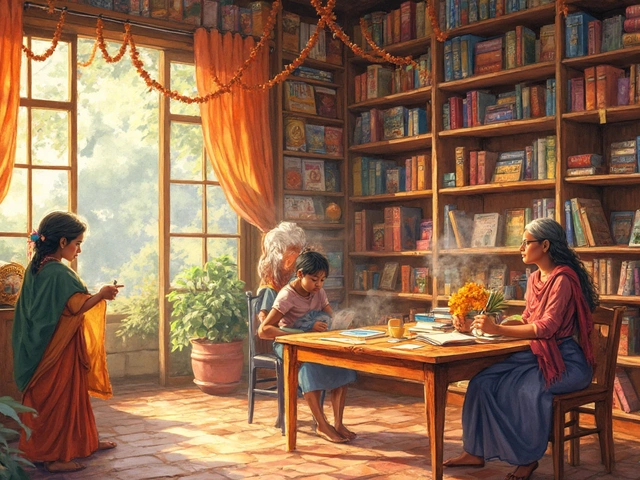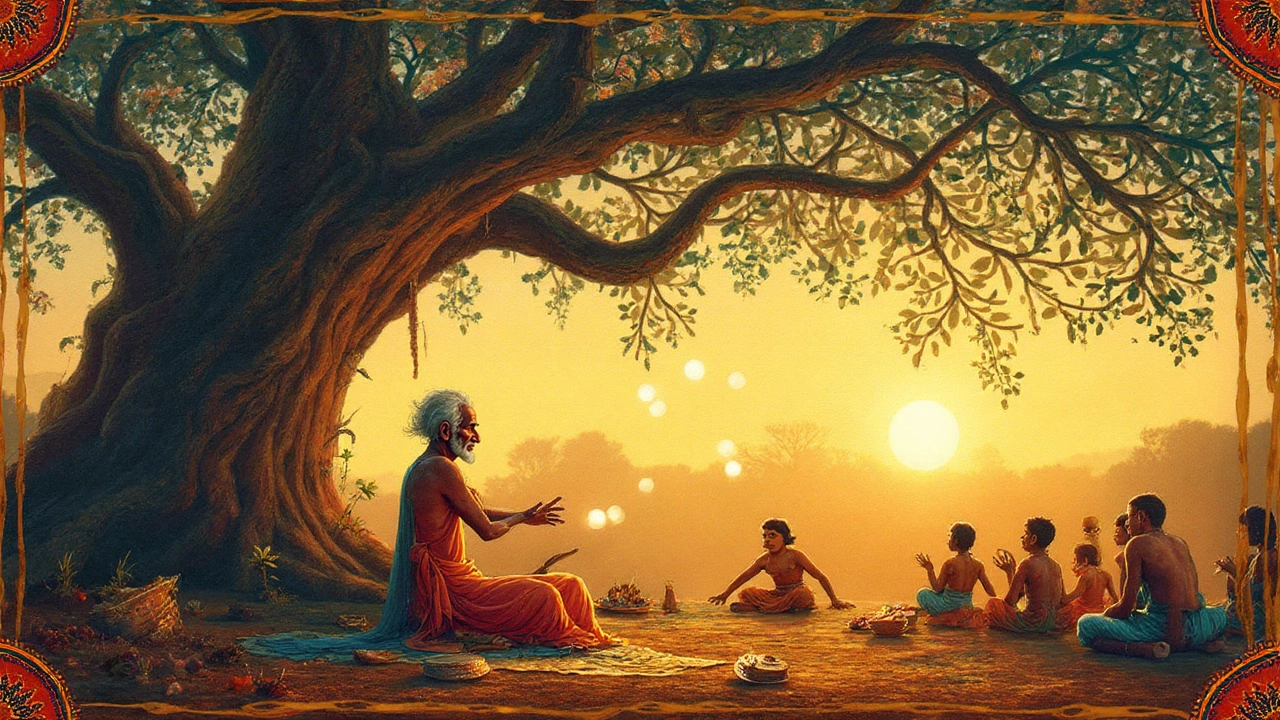
Tradition Narrative Identifier Quiz
1. Does the story originate from collective memory rather than a single author?
2. Is the plot built around recurring motifs like quests, tricksters, or cycles?
3. Are there explicit references to cultural customs, rites, or historical events?
4. Is the storytelling mode oral or performative in nature?
5. Does the narrative serve a moral or social function for the community?
Tradition Narrative is a storytelling form that emerges from shared cultural practices, passed down through generations, often rooted in oral transmission and communal memory. It functions as a cultural glue, preserving values, history, and identity across time.
Historical Roots of Tradition Narrative
Before the printing press, societies relied on Oral Tradition to transmit stories. Elders, bards, and community gatherings acted as living archives, reciting tales that reinforced social norms.
Folklore formed the backbone of these narratives, encompassing myths, legends, and everyday anecdotes. Folklore’s fluid nature allowed each retelling to adapt to local contexts while retaining core motifs.
Many tradition narratives are, at their core, Myth. Myths explain natural phenomena, origins of peoples, or moral codes, often featuring gods, heroes, and archetypal conflicts. The Greek Homeric Epic, the African Epic of Sundiata, and the Australian Dreamtime stories illustrate how mythic elements become embedded in tradition narratives.
Core Elements that Define a Tradition Narrative
Three intertwined components give tradition narratives their staying power:
- Narrative Structure: Repeating patterns such as the “rule of three”, cyclical journeys, or quest motifs provide a familiar scaffolding that listeners can anticipate and remember.
- Cultural Memory: The collective recollection of events, values, and identities that the story reinforces. This memory is not static; each retelling subtly reshapes it.
- Storytelling Technique: The performative aspects-tone, gesture, rhythm-turn a simple plot into a communal experience. In many indigenous cultures, storytelling is a ritual act, often accompanied by music or dance.
These elements work together to create a Literary Genre that sits between history and myth, offering both entertainment and moral instruction.
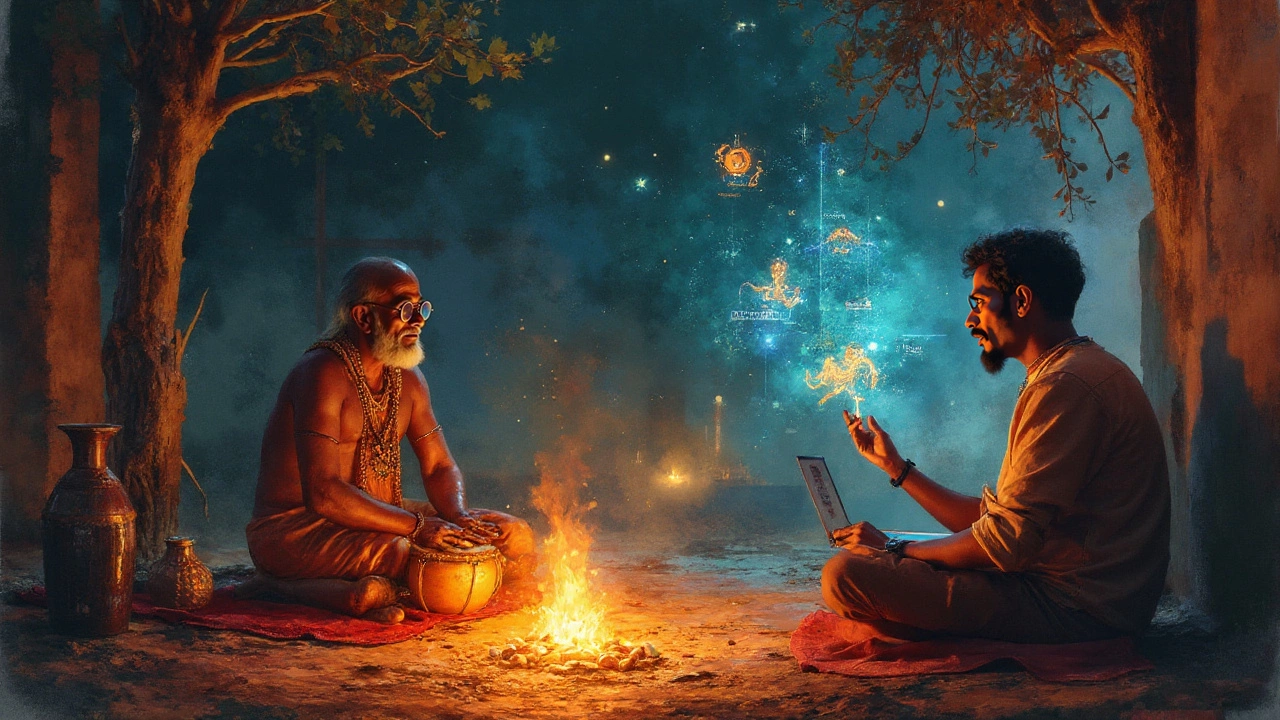
Comparing Tradition Narrative with Modern and Digital Forms
| Attribute | Tradition Narrative | Modern Narrative | Digital Narrative |
|---|---|---|---|
| Primary Origin | Oral Tradition | Printed Text | Interactive Media |
| Typical Medium | Voice, Song, Gesture | Books, Plays | Video Games, Web |
| Length | Variable (often concise) | Extended (novels, films) | Modular (episodes, branches) |
| Cultural Role | Preserve Identity & Values | Explore Individual Experience | Enable Immersive Exploration |
| Audience Participation | Active (recitation, feedback) | Passive (reading, watching) | Interactive (choices, co‑creation) |
Contemporary Relevance: Where Tradition Narrative Lives Today
Even in the age of streaming services, tradition narratives thrive:
- Indigenous filmmakers embed Dreamtime stories into documentaries, giving visual form to oral traditions.
- Popular fantasy series like Game of Thrones borrow heavily from mythic cycles and the “hero’s journey,” a structure rooted in tradition narrative.
- Community theater groups revive folk tales, using local dialects and music to reconnect audiences with regional heritage.
These examples demonstrate that tradition narrative is not a museum relic; it adapts, informing new media while retaining its core purpose of cultural continuity.
How to Identify a Tradition Narrative in Texts or Performances
When you encounter a story, ask yourself these questions:
- Does the story originate from collective memory rather than a single author?
- Is the plot built around recurring motifs like quests, tricksters, or cycles?
- Are there explicit references to cultural customs, rites, or historical events?
- Is the storytelling mode oral or performative in nature?
- Does the narrative serve a moral or social function for the community?
If you answer “yes” to most of these, you’re likely dealing with a tradition narrative.
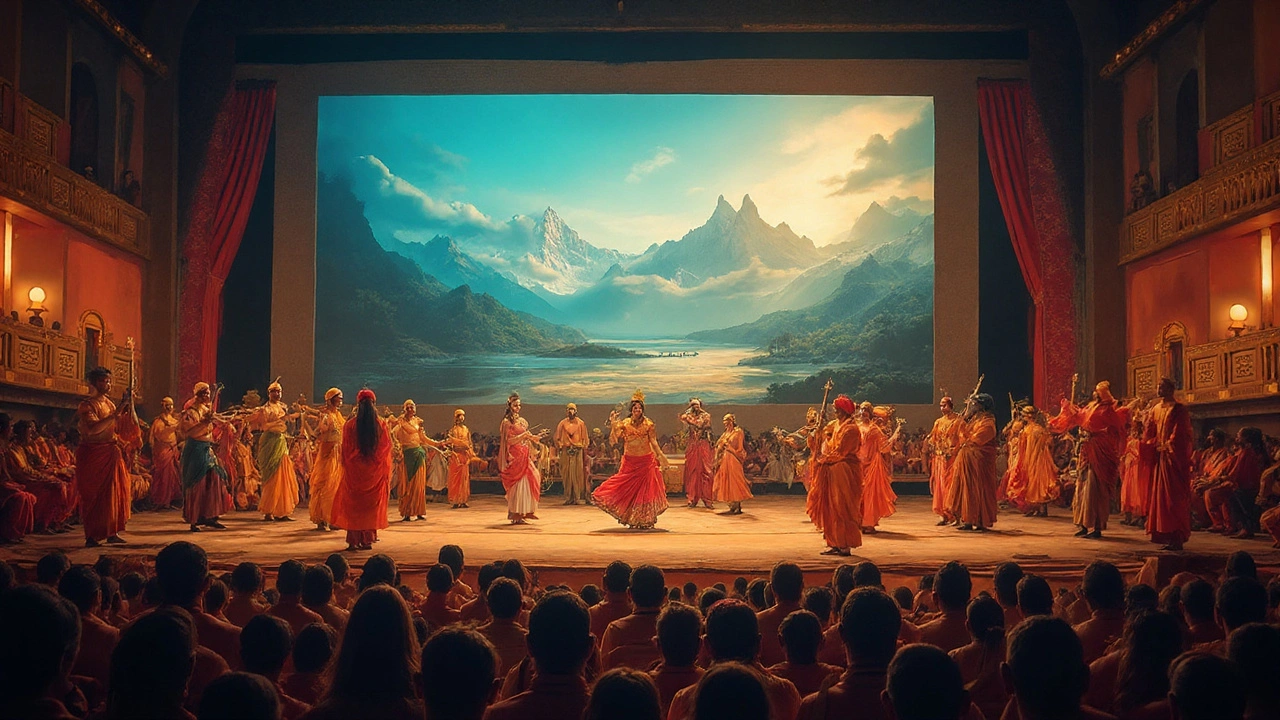
Related Concepts and Next Steps for Curious Readers
Understanding tradition narrative opens doors to a network of related ideas:
- Collective Memory - how societies remember shared pasts.
- Mythopoesis - the creation of new myths from existing traditions.
- Cultural Heritage Preservation - efforts to safeguard oral and performative stories.
- Anthropological Theory of Narrative - academic frameworks that analyze story structures across cultures.
Next topics you might explore include “The Role of Folklore in National Identity” or “Digital Platforms for Reviving Oral Traditions.”
Frequently Asked Questions
What distinguishes a tradition narrative from a modern novel?
A tradition narrative is rooted in communal memory and oral transmission, often using repetitive structures that aid recall. Modern novels usually stem from an individual author’s imagination, are written for print, and focus on personal introspection rather than collective values.
Can a tradition narrative be written down?
Absolutely. Once transcribed, the story retains its traditional elements, but the written form allows wider distribution. Many classic epics-like the Mahabharata-started as oral recitations before being codified.
Why are repetition and cycles important in tradition narratives?
Repetition creates mnemonic anchors, making stories easier to memorize and pass on. Cycles mirror natural rhythms-seasons, migrations-reinforcing the link between the narrative and the community’s lived experience.
How do tradition narratives influence contemporary media?
They provide archetypal templates (the hero’s journey, trickster figure) that creators adapt for movies, games, and books. Audiences resonate with these patterns because they tap into deep‑seated cultural memories.
Where can I find authentic tradition narratives from my own culture?
Local libraries, cultural centers, and community elders are primary sources. Increasingly, universities host digital archives that record oral histories and folklore from diverse regions.
